Credits
-
Pou Auaha / Creative Director
Steve Horner
-
Ngā Kaimahi / Team Members
Tenzin Pooch, Danushka Abeysuriya, Jareth MacArthur, Kumari Udesh, Gabriel Lantin, Tim Stewart, Aaron Neugebauer, Jodie Catterall -
Kaitautoko / Contributors
Associazione Ellenofona Jalò tu Vua, Cademia Siciliana, Congrès Mondial Amazigh, Council of the Elders of Rapa Nui, Language Landscape, University of China’s Museum of Ethnic Cultures, National Yiddish Theatre Folksbiene, Te Murumāra Foundation, Yugambeh Museum, UNESCO International Decade of Indigenous Languages Secretariat, University of Newcastle, Barona Cultural Centre & Museum, Instituto Nacional de Lenguas Indigenas, Citizen Potawatomi Nation USA, Friedrich Schürr Institute, Google Cloud
-
Client
Google Arts & Culture
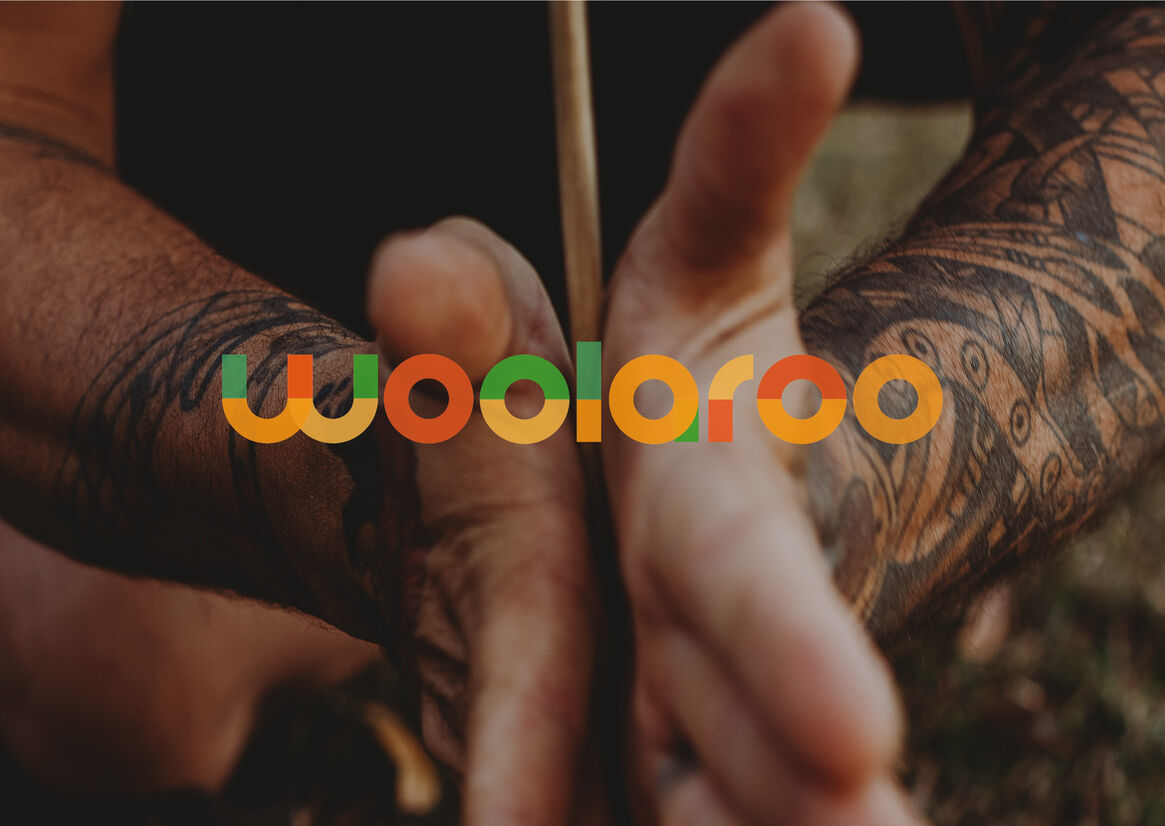
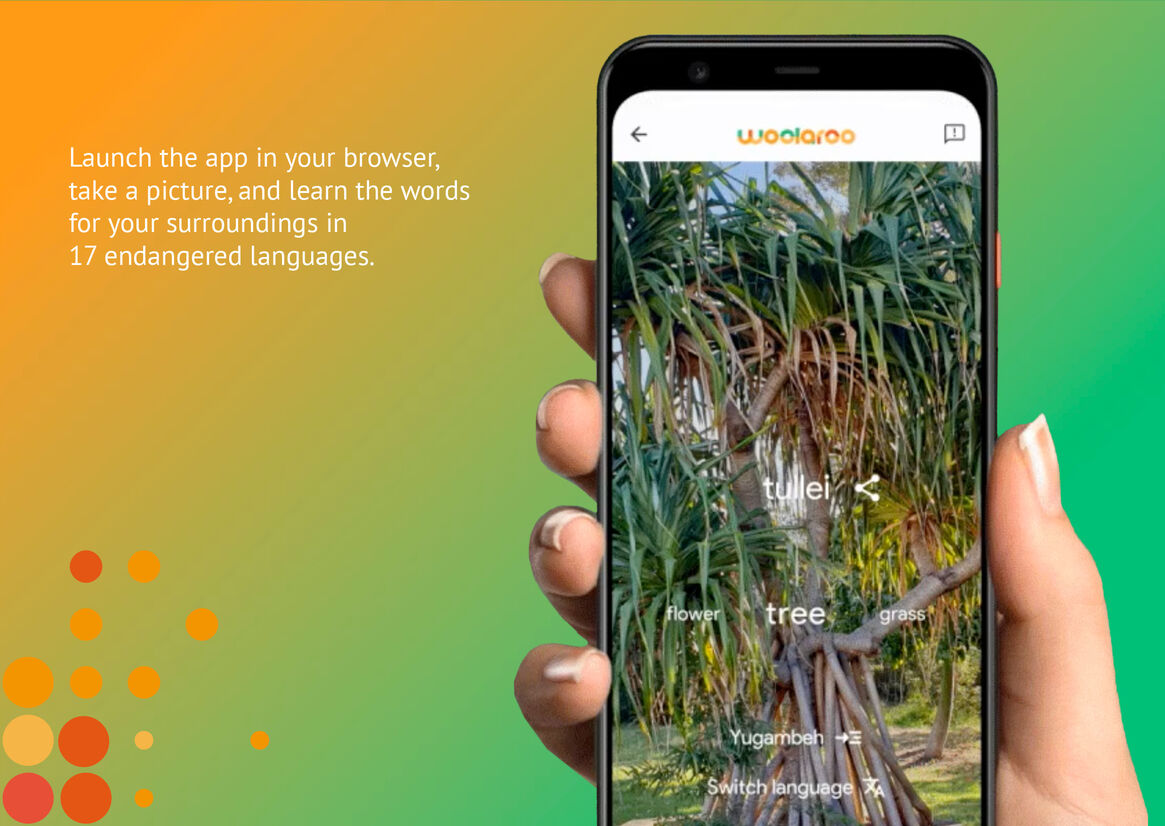
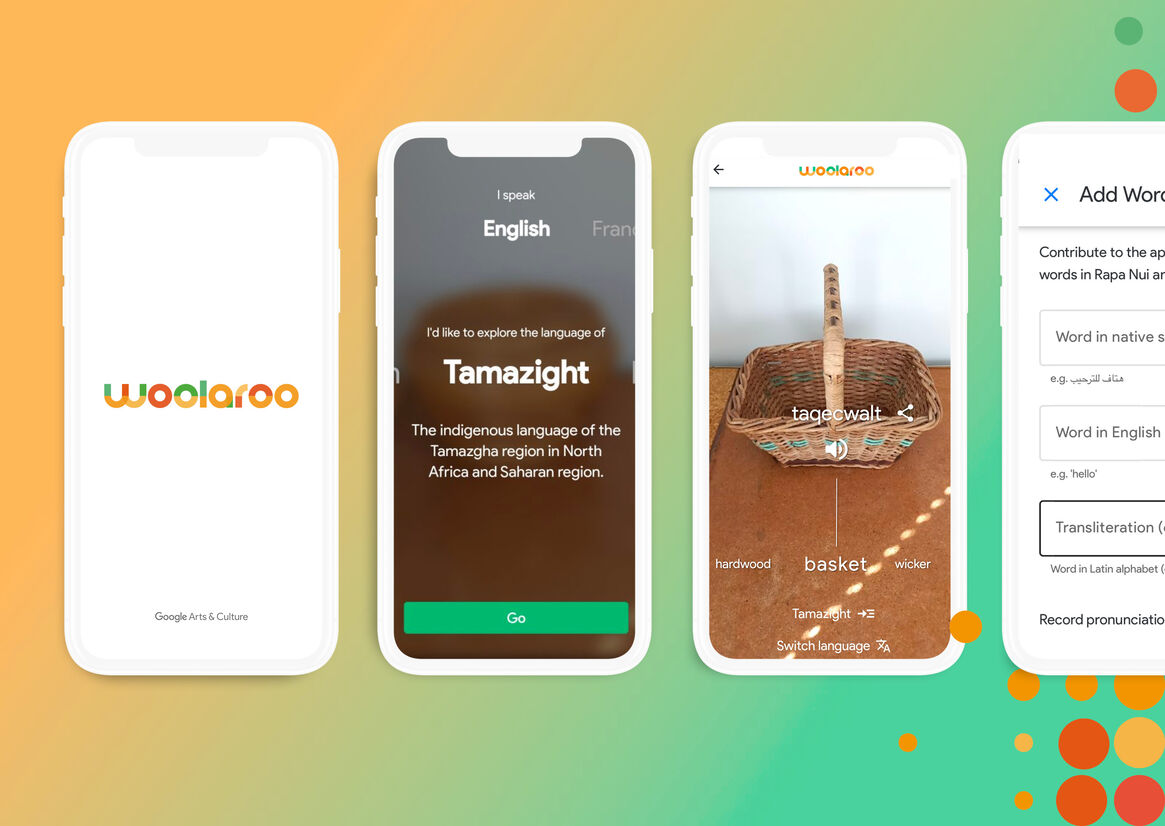
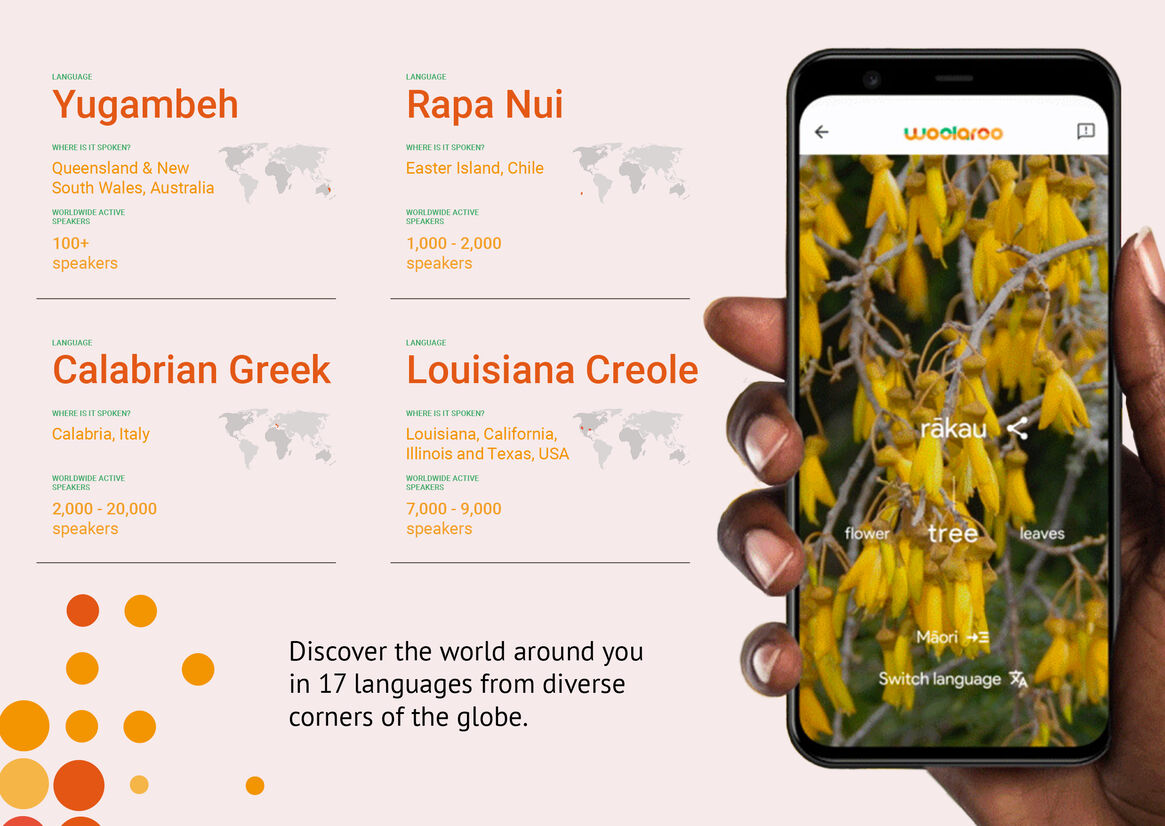

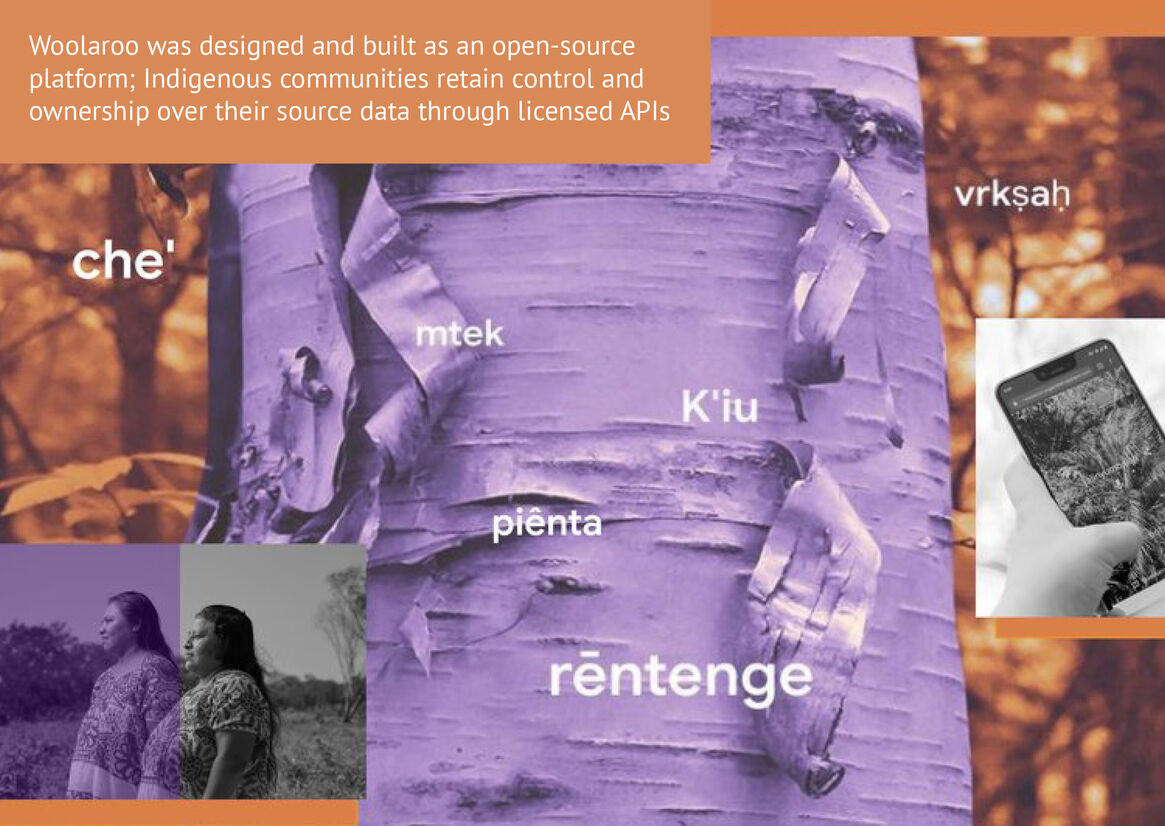
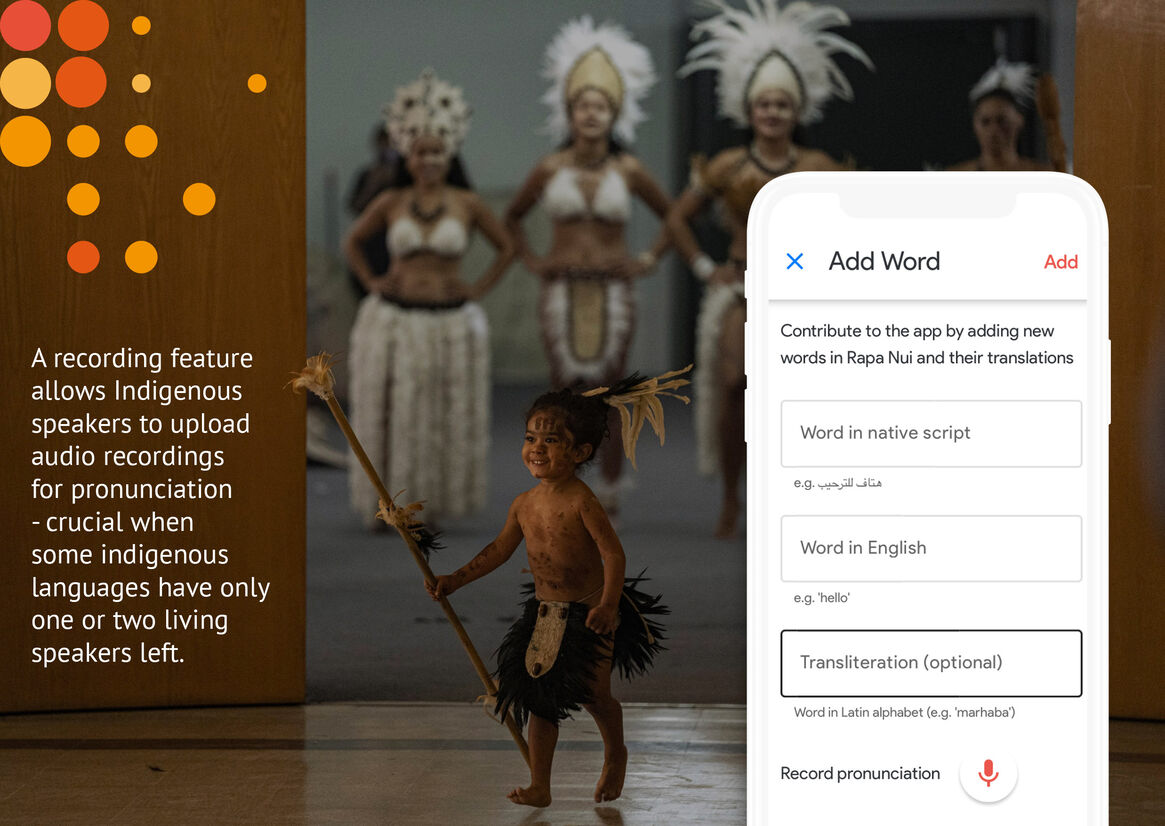

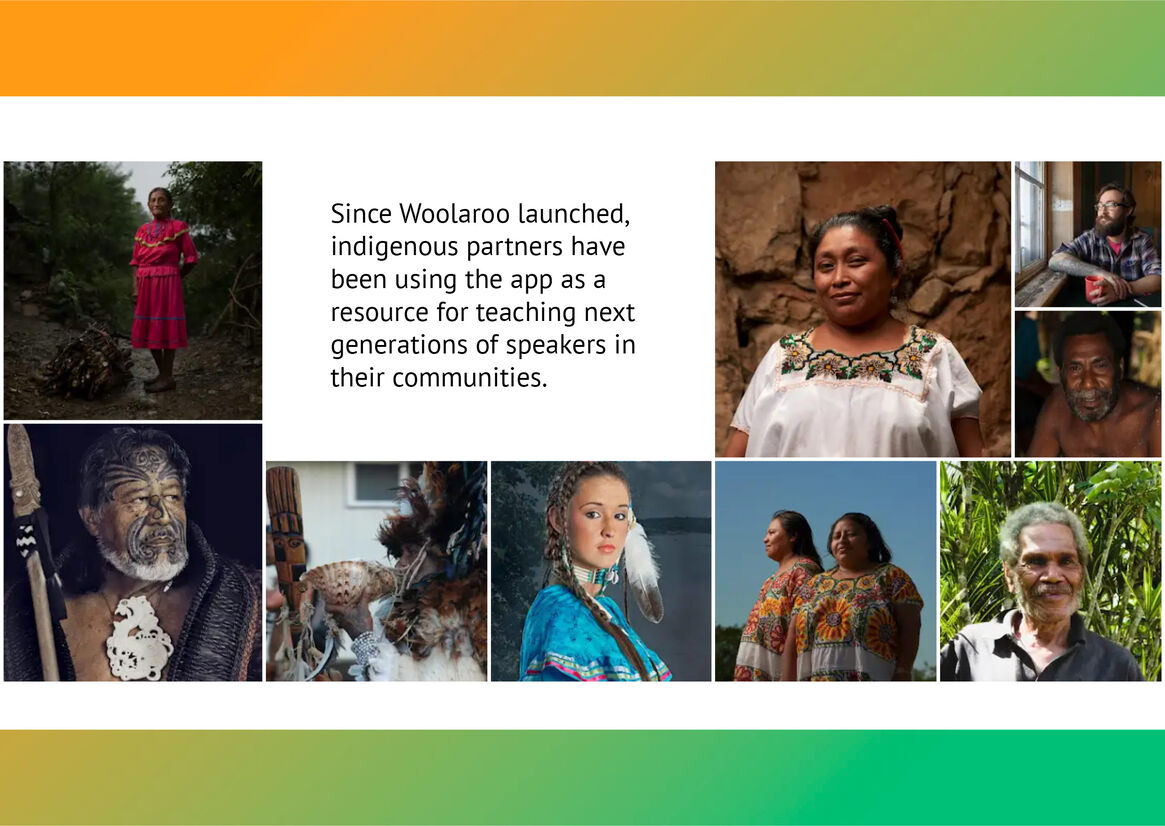
Description:
Language. It’s vital to human connection, and how we identify and connect with our culture and heritage. Globally there's over 7,000 languages; many are Indigenous languages used by 476 million peoples in 90 countries.
A changing world is putting languages like Calabrian Greek, Tamazight of the Berber peoples, and an Australian aboriginal language Yugambeh, under threat. UNESCO predicts the loss of as many as 3,000 indigenous languages by the end of this century.
In 2019 we saw the successful use of image recognition to translate photos into te reo Māori. So how might we expand this technology to the thousands of other indigenous languages around the world that need preserving?
Enter Woolaroo, the open source digital product designed to scale across the globe to save all languages on the brink of extinction.
Our design process began reflecting on learnings and challenges from the te reo Māori app, to understand how we might optimise for scale.
In a closed mobile application setup, proprietary data access must be granted from each contributing community - easy when there’s only one language source. But we want to add dozens, eventually hundreds, or thousands.
Woolaroo was built on an open-source platform that ensures language resources remain the property of the source provider through licensed APIs, and indigenous communities retain data sovereignty.
Accessibility was a primary driver, acknowledging that in order to create a truly usable, scalable product, we must cater for multiple languages across the widest variety of devices and screen sizes. Native apps can limit users to smartphones or tablets. By designing and building Woolaroo as a web-based application, the a user only needs connectivity and a browser.
Users select their primary language, then scroll for an Indigenous language to learn. We designed for extreme simplicity and accessibility so the UI could scale on global devices, and cloud-based fonts easily crossover between all languages, including left-to-right languages.
Woolaroo uses advanced machine learning and Cloud Vision APIs to understand objects in an image and immediately translate them into the target language. If a user takes a picture of a tree, Woolaroo will display the Yugambeh word “tullei,” as well as alternatives if multiple objects are detected.
The real magic is that Woolaroo is constantly learning and improving. Indigenous speakers can suggest corrections, add new words and audio recordings for understanding of pronunciation. This creates a collaborative and growing word list for each language and keeps the spoken language alive. Users also have the chance to learn more about the background and culture of each language.
The Woolaroo app currently brings 17 endangered languages to life. Since launching in May 2021, indigenous partners have been using the app as a resource for teaching next generations of speakers in their communities. A July 2022 regional launch was done in partnership with the UNESCO Decade of Indigenous Languages Secretariat, and continued work with them will highlight Woolaroo amongst their network of institutions.
Woolaroo enables Indigenous communities to record, preserve and revitalise their cultural heritage for future generations.